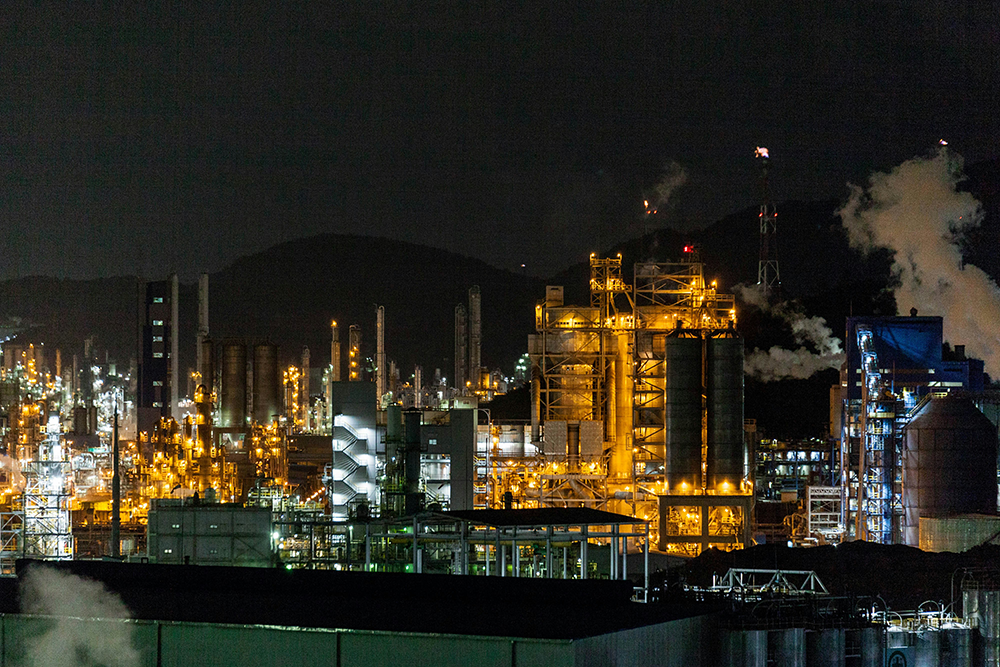Pipeline Vacuum Breaker Valve Function
Pipelines that carry water or other fluids face more than just the risk of air accumulation — they are also vulnerable to vacuum conditions. When pressure inside a pipeline drops below atmospheric levels, dangerous problems can occur: pipe collapse, flow disruption, or even pump damage. The solution is a vacuum breaker valve, a specialised device within the same family of air management valves (like air release valves) that ensures pipelines stay protected from negative pressure.
What Is a Vacuum Breaker Valve?
A vacuum breaker valve is a device designed to automatically admit air into a pipeline when internal pressure drops below atmospheric pressure. By “breaking” the vacuum, it prevents the pipe from collapsing or being damaged by sudden pressure imbalances.
This makes it an essential safeguard in both pressurised water systems and irrigation networks.
How Does a Vacuum Breaker Valve Work?
- Normal Operation – The valve remains closed under normal pressurised conditions.
- Pressure Drop – When system pressure falls below atmospheric, the force keeping the valve closed is reduced.
- Air Admission – The valve opens quickly, allowing air into the pipeline.
- Vacuum Prevention – This inflow of air equalises pressure, protecting the pipeline from collapse.
Once the pipeline is re-pressurised, the valve reseals and normal operation resumes.
Why Are Vacuum Breaker Valves Important?
- Prevents Collapse – Protects pipes from buckling under negative pressure.
- Protects Pumps & Equipment – Stops reverse siphoning or cavitation that damages pumps.
- Maintains Flow Integrity – Ensures smoother, uninterrupted operation in long mains or elevated sections.
- Improves Safety – Reduces risk of pipeline rupture or water hammer caused by sudden vacuum release.
Common Applications
Vacuum breaker valves are widely used in:
- Water transmission pipelines – especially long rising mains or downhill sections.
- Irrigation systems – to protect thin-walled or plastic pipes from collapse.
- Wastewater pipelines – where surging and siphoning are common risks.
- Industrial fluid systems – safeguarding against vacuum conditions during draining or rapid shutdowns.
Pipeline Vacuum Breaker Valve vs Air Release Valve
Though often grouped together, these valves serve different but complementary functions:
- Air Release Valve – Continuously expels small trapped air pockets during pressurised operation.
- Vacuum Breaker Valve – Admits air when pressure falls to prevent vacuum conditions.
Many systems use both types of valves for complete air management — ensuring trapped air is removed, and dangerous vacuum conditions are prevented.
Summary
The function of a pipeline vacuum breaker valve is simple but vital: it protects pipelines from collapse by admitting air when internal pressure falls below atmospheric levels.
In practice, these valves work hand-in-hand with air release valves to keep water and fluid systems safe, efficient, and reliable.
If you’re evaluating air management solutions for your pipeline, understanding where vacuum breaker valves fit into the system is the first step toward a more resilient and cost-effective design.
Contact us now to see how we can help you!
Contact us by email at sales@gavalves.co.uk or call us on 01484 711983
Related Posts
Below you can view our related posts.

Guide
Small Air Release Valve for High Pressure Pump Station
High pressure pump stations are critical components in water distribution, industrial processing, and irrigation networks. But with higher
Read More
Resource
Small Air Release Valve for High Pressure Pump Station
High pressure pump stations are critical components in water distribution, industrial processing, and irrigation networks. But with higher
Read More
Guide
Sizing Chart for Small Orifice Air Valve
Small orifice air valves play a critical role in removing dissolved air from pressurised pipelines during operation. To
Read More